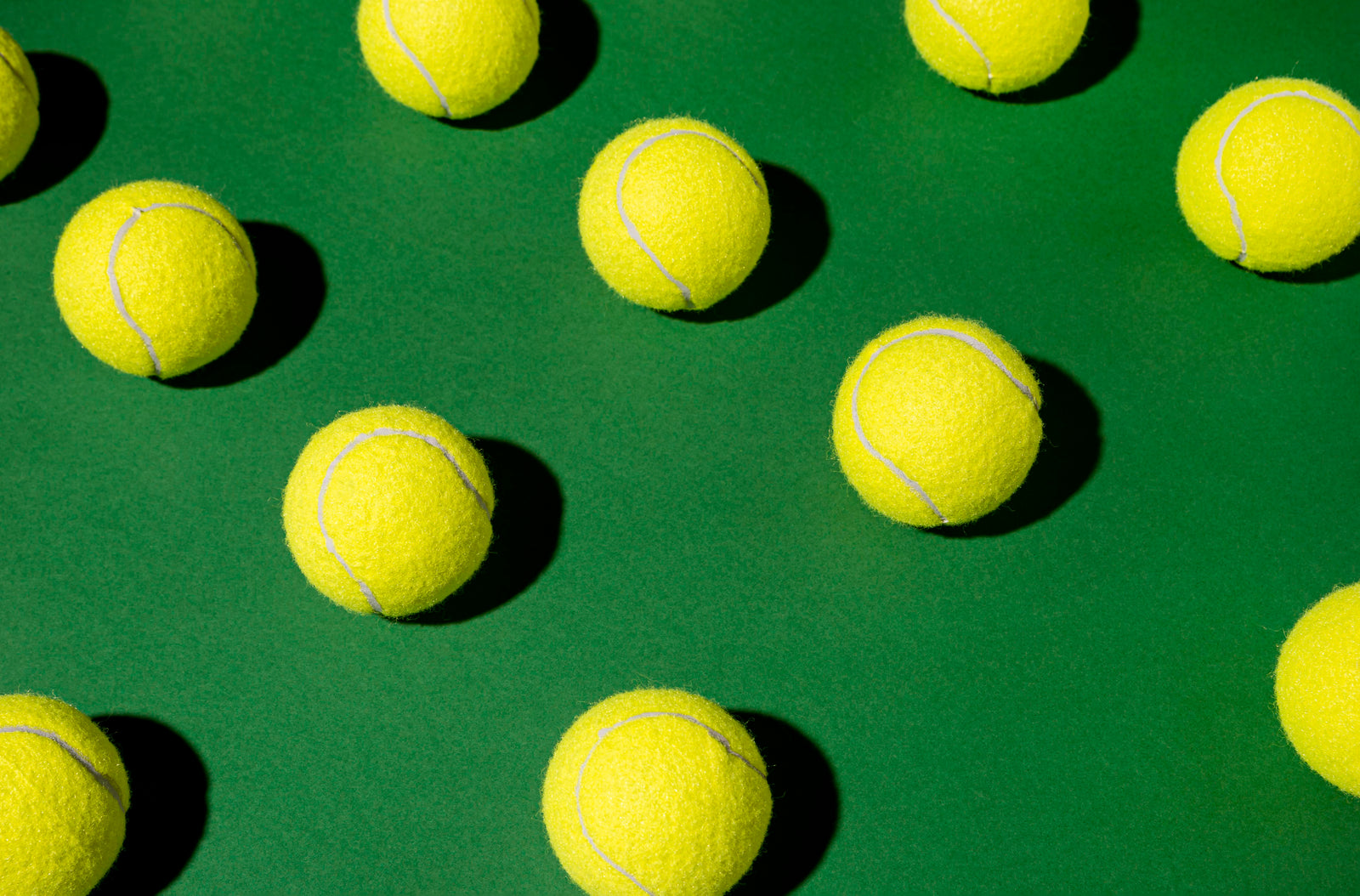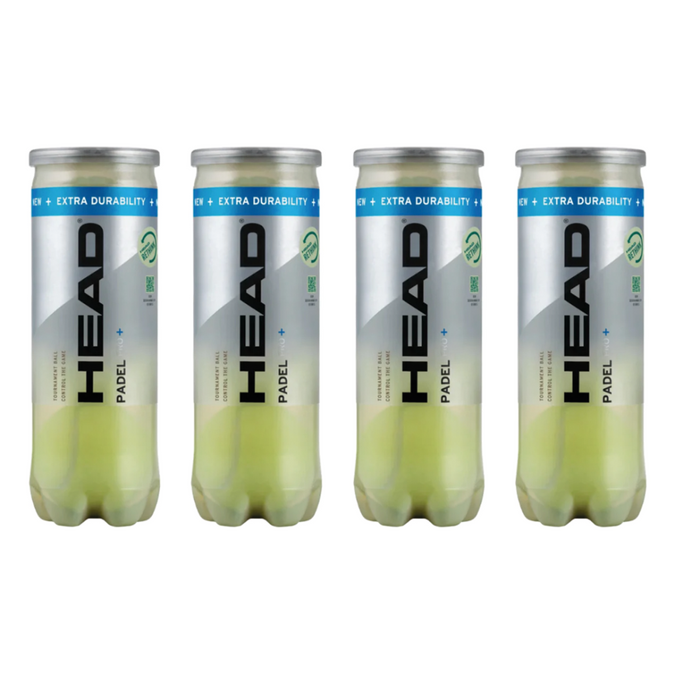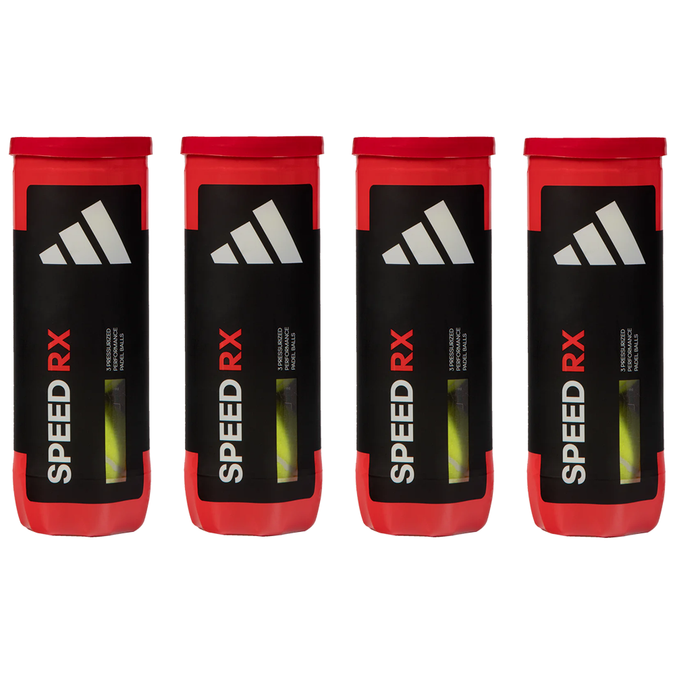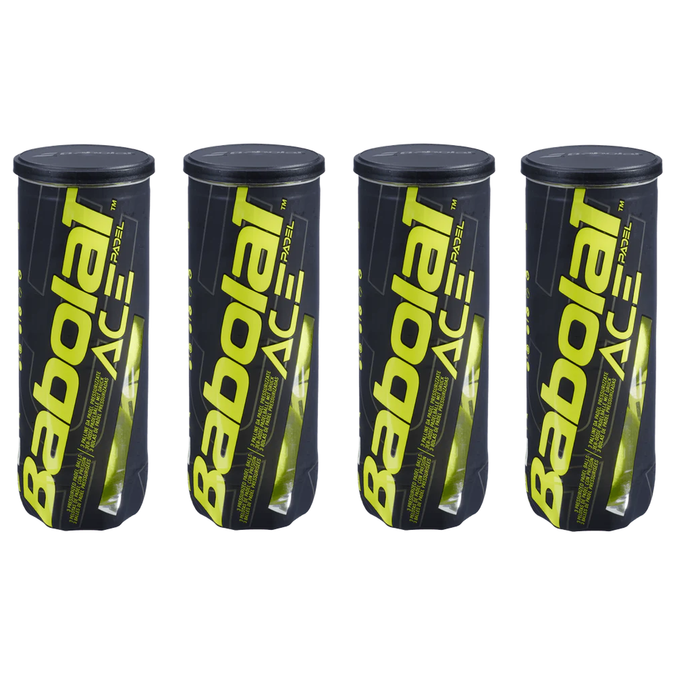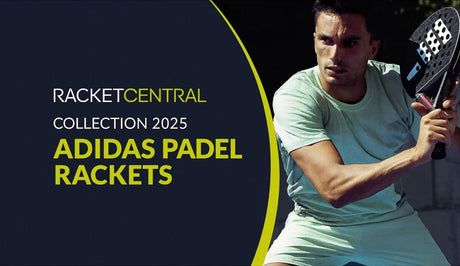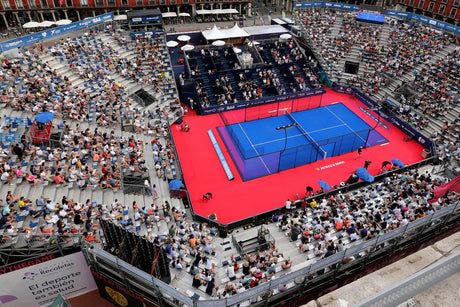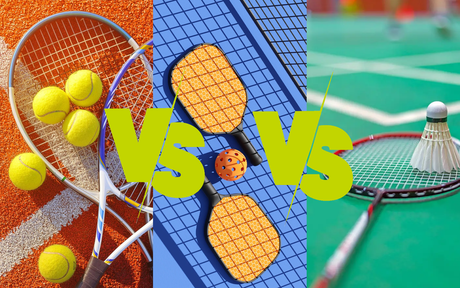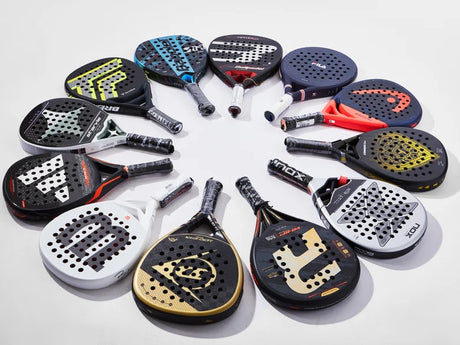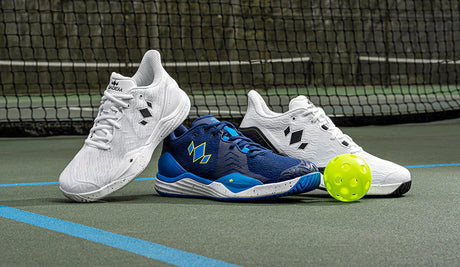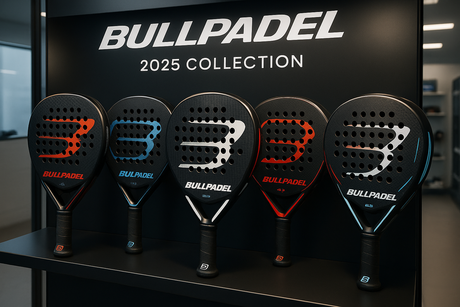They look similar at first glance, but padel balls vs tennis balls differ in size, pressure, bounce, and how they play on court. Here’s a quick, practical breakdown so you always pick the right ball.
Table of Contents
1) Size & Construction
Both balls use a rubber core with felt, but padel models are slightly smaller and typically built with a thinner core to suit the enclosed court and wall rebounds.
- Diameter (tennis): ~6.54–6.86 cm (ITF spec).
- Diameter (padel): ~6.35–6.77 cm (FIP spec).
2) Pressure & Bounce
Padel balls use slightly lower internal pressure than tennis balls. The result is a lower, more controlled bounce that keeps rallies playable after glass rebounds and on smaller courts. Tennis balls are pressurized for a livelier, higher bounce that fits larger, open courts and faster baseline exchanges.
3) Speed & Playability
- Padel: Slower speed and lower peak bounce encourage longer rallies, angles off the walls, and precise placement.
- Tennis: Faster off the surface, rewarding pace, spin, and aggressive shot-making from the baseline or net.
4) Rules & Standards
Official bodies (FIP for padel, ITF for tennis) define specs for competitive play. Using a tennis ball on a padel court changes the game dynamics—generally not recommended beyond a casual hit.
So… can you use tennis balls for padel?
You can in a pinch, but you’ll get a faster, bouncier, and less predictable rally—especially off the glass. For true padel feel and better control, use purpose-built balls.
Get the right ball for your game
Play with consistent bounce and feel on every rally.
FAQs
Are padel balls the same as tennis balls? — tap to expand
Can I use tennis balls on a padel court? — tap to expand
How often should I replace padel balls? — tap to expand
Want more padel tips? Check our guide to gear and basics, then stock up on match-ready balls before your next session.
